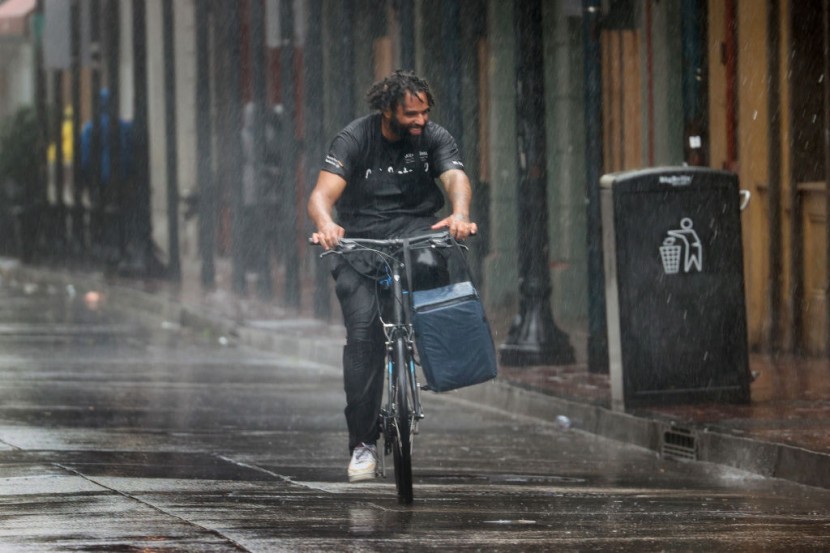Hurricane Ida made landfall as a Category 4 hurricane in southeast Louisiana on Sunday, causing "catastrophic" devastation in certain areas, according to government officials.

National Weather Service Meteorologist Describes the Hurricane as 'Extremely Life-Threatening'
In a recently published article in MSN News, National Weather Service meteorologist Jennifer McNatt said on Sunday that everyone in Ida's path should be prepared for torrential rains, high gusts, life-threatening storm surge along the coast, and isolated tornadoes.
On Monday, the storm is anticipated to travel "far inland" across portions of Louisiana and Mississippi. Once it reaches land, it will weaken quickly, but rainfall of up to six inches is likely as far north as the Upper Ohio Valley through Tuesday and Wednesday, according to the National Hurricane Center.
From Burns Point, Louisiana, to Ocean Springs, Mississippi, flooding by a "very life-threatening" storm surge was anticipated imminently, based on the reports from hurricane center. As Ida comes ashore over Louisiana's southeast coast during the next few hours, it is expected to cause "catastrophic wind damage," according to the National Hurricane Center in a published article in NBC News.
Flooding Over the Next Few Days
Hurricane Ida is wreaking havoc on southeast Louisiana, and the risks of destructive winds, floods, and tornadoes will only expand inland over the next several days throughout the South, according to a recently published article in The Weather Channel.
Bands of heavy rain with high wind gusts are still sweeping over the northern Gulf Coast, as far east as Alabama and as far west as the western Florida Panhandle. The worst circumstances, however, are still in southeast Louisiana, where the eyewall of Ida is tracking.
Storm surges are very dangerous. Near Grand Isle, Louisiana, flooding was accompanied by wind gusts of above 100 mph, and footage recorded several feet of storm surge from Lake Pontchartrain in LaPlace, roughly 25 miles west-northwest of downtown New Orleans. Water up to the height of a stop sign was observed pouring into the Venetian Isles community in New Orleans East, which was ordered to evacuate because of the lack of levee protection.
Biden Signs Emergency Declarations
In a recently published article in CBS News, Biden said he signed disaster declarations so Mississippi and Louisiana could take use of the federal government's full resources and assistance. After being briefed by authorities from the Federal Emergency Management Agency, Biden informed reporters.
Residents who did not flee were advised to have loose mattresses within reach in case their roofs were torn off by strong winds, according to Louisiana Governor John Bel Edwards. He said that since strong winds may cause damage to houses, it is a good idea to keep a mattress handy that they may use to protect themselves and other family members from falling debris.
However, despite the grave warnings, New Orleans Mayor LaToya Cantrell advised those who choose not to evacuate not to be alarmed. In the middle of the storm, he also claimed to remain calm. LaToya said this at a press conference on Sunday as Hurricane Ida approached landfall.








